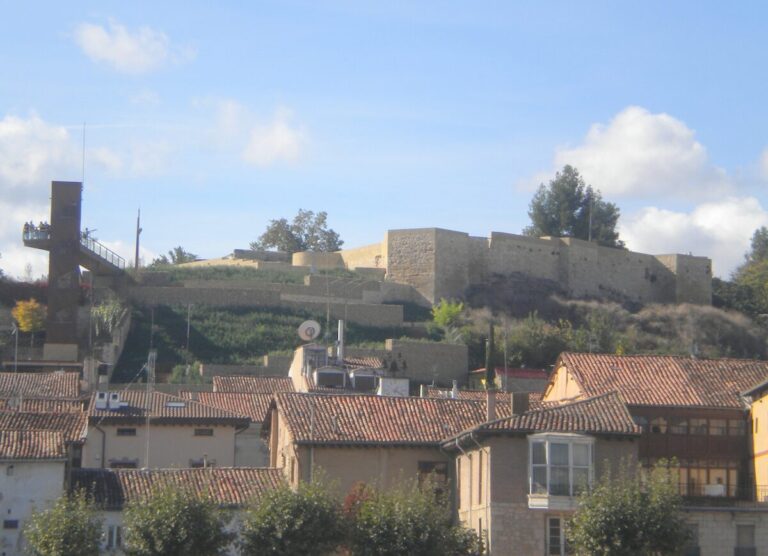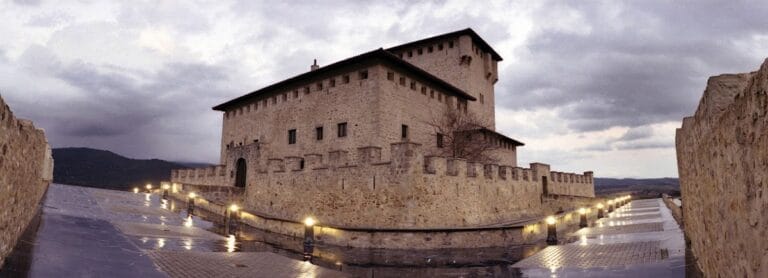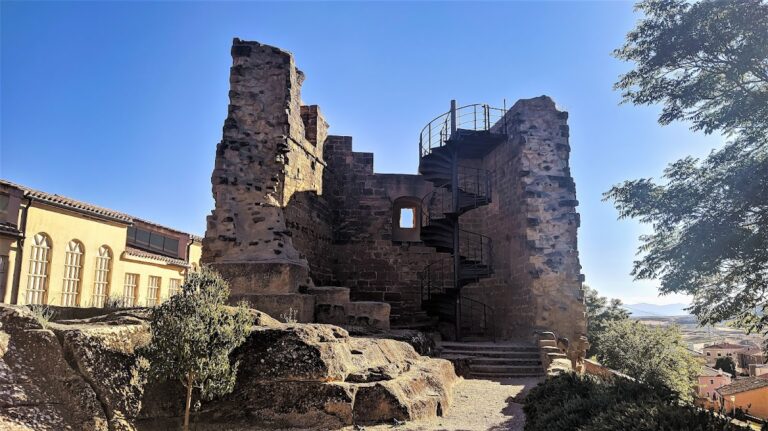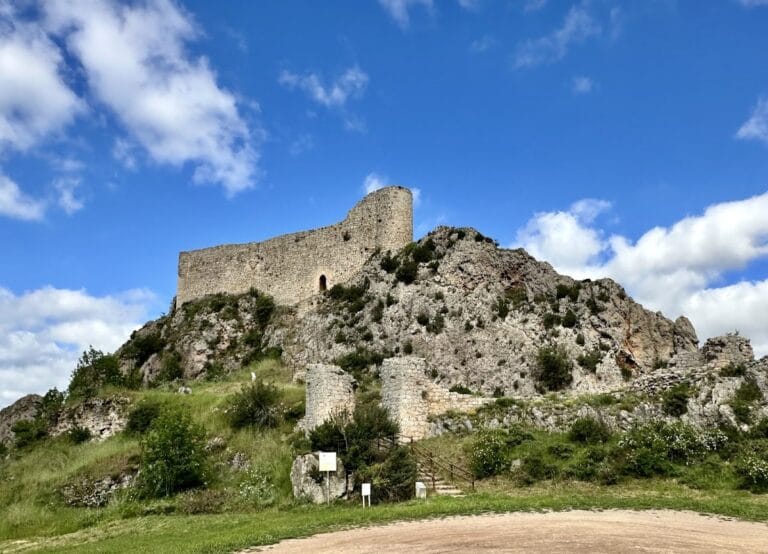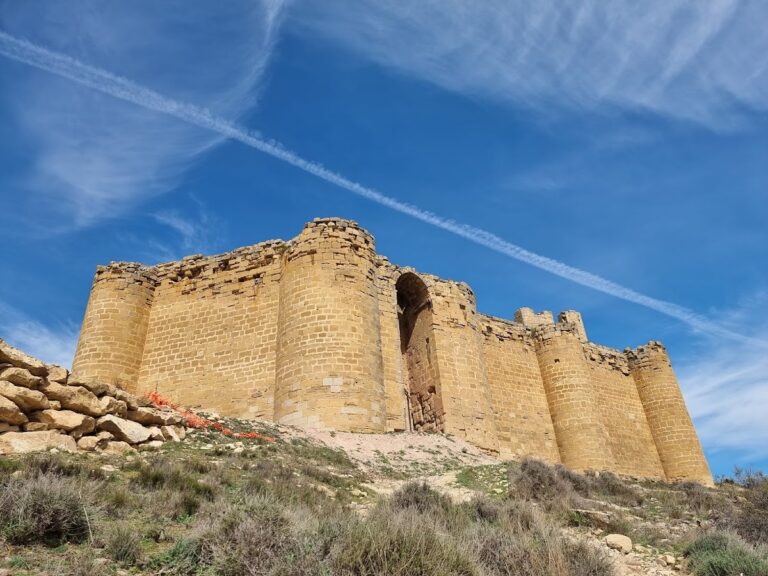Pancorbo Castle: A Historic Fortress in Spain
Visitor Information
Google Rating: 4.4
Popularity: Low
Google Maps: View on Google Maps
Official Website: destinoburgos.com
Country: Spain
Civilization: Unclassified
Remains: Military
History
Pancorbo Castle is located in the municipality of Pancorbo, Spain. It was originally constructed in the 9th century by the Christian Count Diego Porcelos to secure and control a strategic mountain pass in the region. This early medieval fortress likely replaced or was built atop an older, abandoned fortification, as evidenced by earlier Roman constructions incorporated into the site.
During the late 9th century, the castle played a crucial defensive role amid ongoing Muslim incursions into northern Iberia. In 882 and again in 883, Muslim forces laid siege to Pancorbo after unsuccessful attempts to capture the nearby fortress of Cellorigo. These events underscored Pancorbo’s military importance and its strong defensive position, which repelled repeated assaults.
After the assassination of Count García Sánchez of Castile in 1028, Pancorbo Castle came under the control of the Kingdom of Navarre. King Sancho III the Great entrusted the fortress to the Fortuniones family, who served as castellans from 1031 until 1071. Following this period, control of the castle returned to the Kingdom of Castile, although Navarre’s influence persisted intermittently. For example, in 1110, Bernardo Gómez held authority over Pancorbo, and in 1129 the site briefly fell under Navarrese control during the conflict between Alfonso VII of Castile and Alfonso I of Aragon and Navarre.
In 1380, Pancorbo Castle became part of the lordship governed by the city council of Burgos. During the mid-15th century, Diego Gómez de Sarmiento, Count of Salinas, seized the fortress and maintained control until the early 16th century. The site continued to hold military relevance into the early modern period, evidenced by a 1679 description from a French author traveling with Queen María Luisa of Orléans, indicating the castle’s enduring presence and strategic recognition.
In the late 18th century, Pancorbo Castle underwent restoration efforts simultaneously with works on the nearby Santa Engracia fortress. Despite these repairs, the castle suffered significant damage on August 10, 1835, when it was deliberately set on fire during the First Carlist War by opponents of Queen Isabel II. This event left the castle in ruins, marking the end of its active military use and leading to the remains visible today.
Remains
Perched atop a rocky ridge overlooking the Pancorbo gorge, the castle’s layout was designed to take full advantage of the natural terrain, providing an imposing defensive position. Historical accounts from a French visitor in 1679 describe the fortress as roughly twenty steps wide and one hundred fifty steps long, with access made possible by stairways hewn directly into the rock face. The construction integrated the existing rocky landscape rather than imposing heavy masonry, enhancing its defendability.
The site comprised two main sections: Santa Marta Castle, also known as La Sala, and the Engracia fortress occupying the highest point on the ridge. Santa Marta Castle was built on the foundations of a former Roman structure, a fact that reveals a continuity of military use at this location from antiquity through the Middle Ages. Defensive features included a stone bridge connecting two rocky outcrops and a concealed artillery position carved into the rock, intended to protect against attackers while permitting counter-fire.
Today, the castle exists mainly in ruin, with surviving elements such as fragments of outer walls, sections of staircases, and doorways still visible in situ. Holes cut into the rock demonstrate where wooden stairs or other structural elements were once anchored. These remnants attest to the castle’s robust construction style and its complex adaptation to the rocky environment. The remains serve as physical testimony to centuries of military use, restoration, and eventual destruction, preserving the legacy of Pancorbo Castle’s strategic role and architectural ingenuity.





